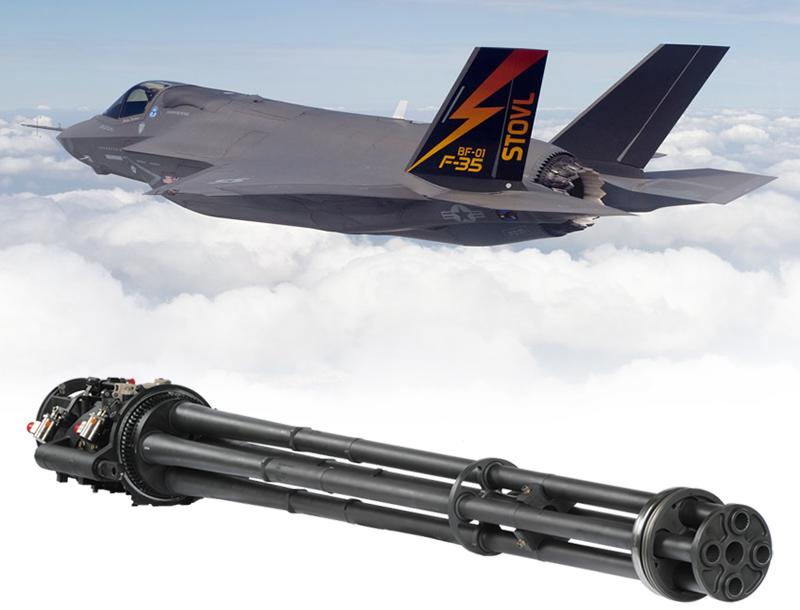US Stealth Jets Can’t Shoot Straight, New Pentagon Report Warns
The Lockheed Martin F-35 stealth fighter has suffered a long list of problems that we’ve frequently noted. Now a new report from Bloomberg, citing a Pentagon annual assessment, specifies how the stealth fighters can’t shoot straight.
The Pentagon has already spent upwards of $428 billion on the F-35 program, which will cost taxpayers $1.5 trillion over its 55-year lifespan.
Already, there have been a host of problems with the stealth fighters, including more than 800 software errors.
And the newest problem: A General Dynamics GAU-12/U Equalizer, a five-barrel 25 mm Gatling-type rotary cannon, mounted on some F-35s, has “unacceptable” accuracy of hitting ground targets.
The Pentagon’s new report said the Air Force’s cannon mounted inside the plane, has “unacceptable” accuracy due to “misalignments” in the gun’s mount that didn’t meet specifications.
The report also said mounts for the cannons are cracking, forcing the Air Force to limit the weapon’s use. The F-35 program office has “made progress with changes to the gun installation” to improve accuracy.
The report notes 873 software errors in the plane, as of 4Q19. The good news, it’s down from 917 in 3Q18.
“Although the program office is working to fix deficiencies, new discoveries are still being made, resulting in only a minor decrease in the overall number” and leaving “many significant,” the assessment said.
There was also mention that the planes could be susceptible to cybersecurity “vulnerabilities.”
Here are other unresolved glitches of the F-35 program that we mentioned last year (the partial list via Defense News):
- When the F-35B vertically lands on very hot days, older engines may be unable to produce the required thrust to keep the jet airborne, resulting in a hard landing.
- After doing certain maneuvers, F-35B and F-35C pilots are not always able to completely control the aircraft’s pitch, roll and yaw.
- Supersonic flight in excess of Mach 1.2 can cause structural damage and blistering to the stealth coating of the F-35B and F-35C.
- Cabin pressure spikes in the cockpit of the F-35 have been known to cause barotrauma, the word given to extreme ear and sinus pain.
- The spare parts inventory shown by the F-35’s logistics system does not always reflect reality, causing occasional mission cancellations.
- If the F-35A and F-35B blows a tire upon landing, the impact could also take out both hydraulic lines and pose a loss-of-aircraft risk.
- Possible maneuvering issues when the aircraft is operating above a 20-degree angle of attack.
- The F-35’s logistics system currently has no way for foreign F-35 operators to keep their secret data from being sent to the United States.
Despite the ongoing problems that many F-35s are not combat-ready and have many issues that are putting American pilots in severe disadvantages for a dogfight, Congress continues to order more planes.
As of 3Q19, the F-35 program has 490 planes, many of which could be suffering from computer errors and guns that don’t hit targets.
Tyler Durden
Sun, 02/02/2020 – 23:25![]()
Zero Hedge’s mission is to widen the scope of financial, economic and political information available to the professional investing public, to skeptically examine and, where necessary, attack the flaccid institution that financial journalism has become, to liberate oppressed knowledge, to provide analysis uninhibited by political constraint and to facilitate information’s unending quest for freedom. Visit https://www.zerohedge.com
